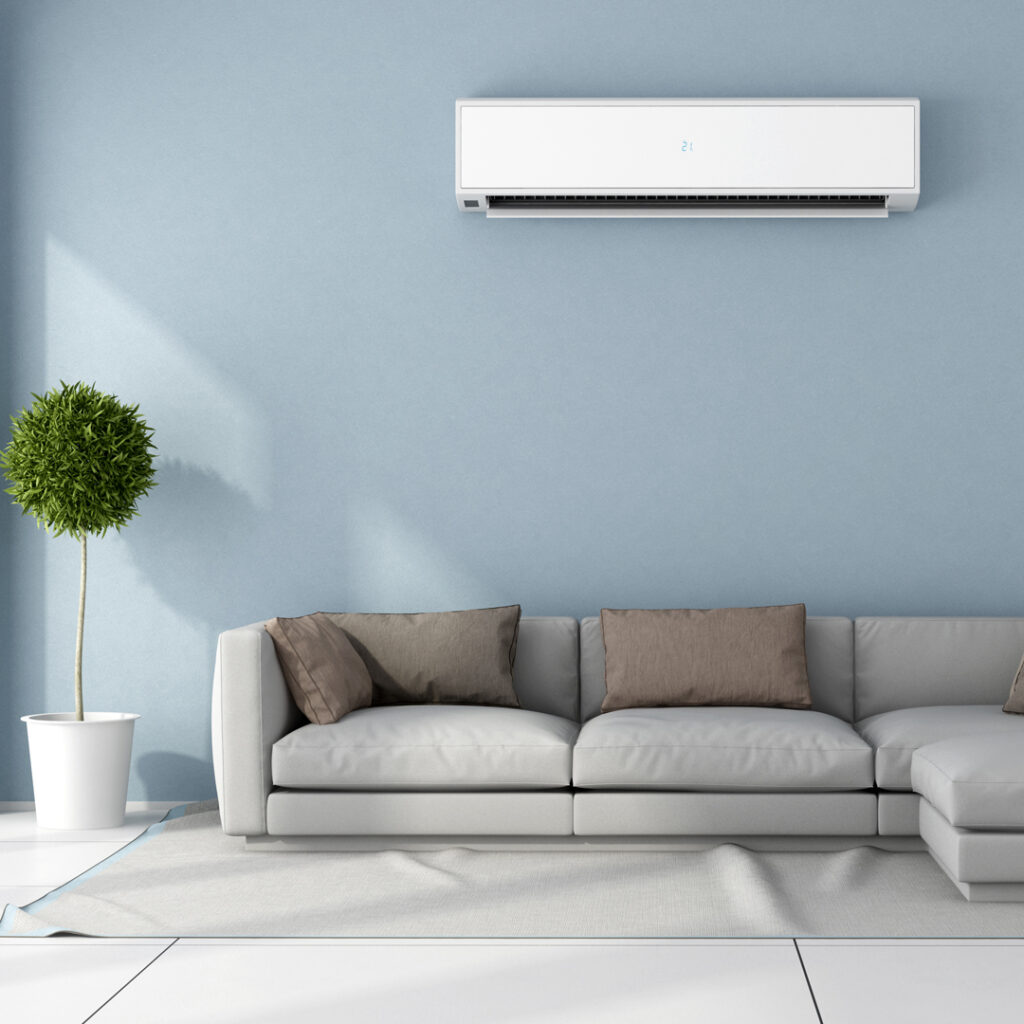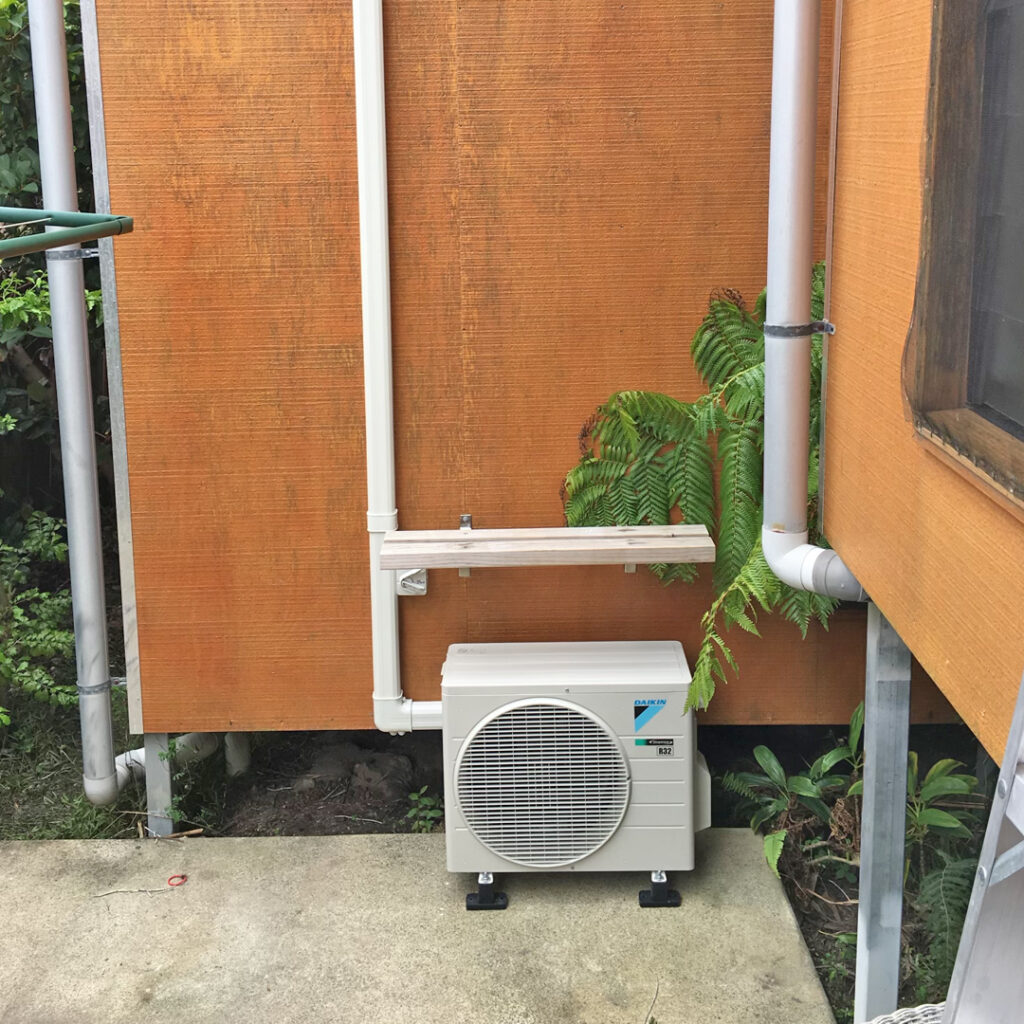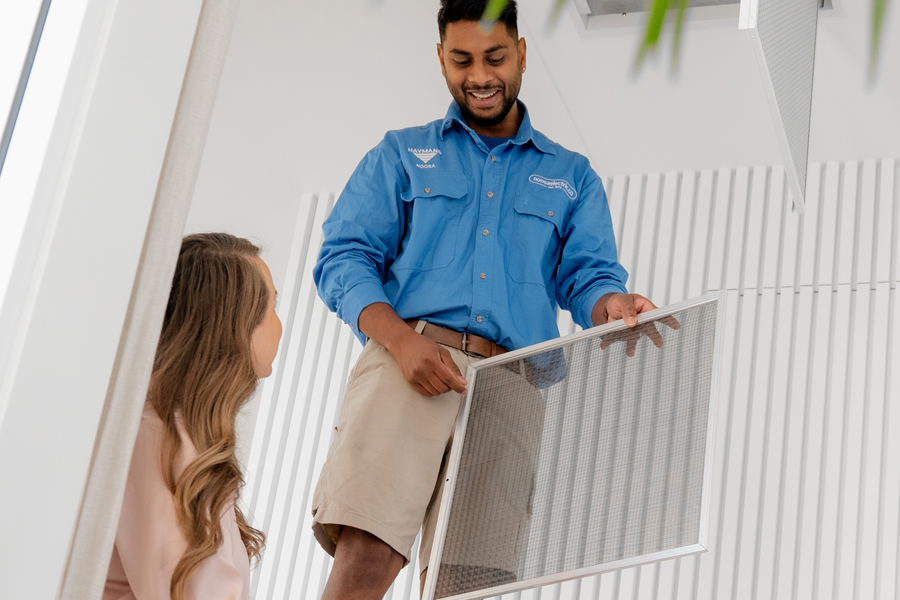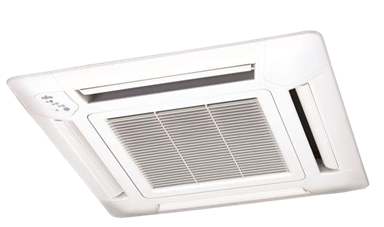
Choosing the right air-conditioner for your home or business can be overwhelming. With so many types, sizes, and brands available, it’s important to understand which system will best suit your needs. At Noosa Electric Co, we specialise in providing expert advice, installation, servicing, and repairs for all air-conditioning systems across Noosa and the Sunshine Coast. In this article, we break down the different types of AC units, their pros and cons, and important considerations like room size, capacity, and long-term running costs.
Why Understanding Air-Conditioner Types is Useful
Selecting the right air-conditioner ensures optimal performance, efficiency, and longevity. Choosing incorrectly can lead to higher running costs, more frequent repairs, and an uncomfortable indoor environment. By understanding the key factors—such as system type, size, and layout requirements—you can make an informed decision that suits your property.
Whether you need a single-room solution, multi-room cooling, or a large-scale system for commercial premises, our Sunshine Coast AC services team can guide you through the process from selection to installation and ongoing maintenance.
Understanding Costs
While upfront cost is an important consideration, a well-chosen air-conditioner is an investment that can last 10–15 years or more. It’s crucial to consider all aspects of cost:
- Purchase Cost: The initial expense of the unit itself.
- Installation Cost: Professional installation is often required for split systems, multi-split systems, or ducted units. Installation costs vary depending on complexity.
- Running Costs: Electricity usage depends on unit efficiency and how frequently the system is used.
- Servicing Costs: Regular servicing and cleaning extend the lifespan of your unit and maintain efficiency.
- Repair Costs: Higher-quality brands typically require fewer repairs, but factors like age, usage, and maintenance will impact repair needs over time.
Goal: Select an AC unit that is appropriately sized, energy-efficient, and from a trusted brand to reduce ongoing costs and ensure reliable performance.
The Goal to Aim For:
The goal when purchasing an air-conditioner is to acquire a unit that is well-suited to the task, adequately powerful, as efficient as possible, and of a good brand and model that will reduce problems and costs in the long run.
Reviewing Your Internal Layout
Understanding your space is crucial to selecting the right air-conditioner. Key considerations include:
- How many rooms need cooling or heating?
- The size of each room.
- Whether rooms are connected or separate.
- The number of levels in the building.
- Whether the property is residential or commercial.
Our Noosa AC specialists can help you assess your property and recommend the right system, whether you’re retrofitting an existing home or designing a new installation.
There are some handy resources available related to this topic at: lookforthetick.com.au. Don’t worry – when you discuss an air-conditioner sale or installation with our team, we’ll help you solve all of these problems, as we are experts in this field.
Understanding Capacity – Kilowatts
The cooling capacity of an air-conditioner is measured in kilowatts (kW). This determines how effectively a unit can cool a given space. Too little capacity means inefficient cooling, while too much can waste energy and money.
Quick guide:
- Approx. 0.15 kW per square metre of room space.
- Example: A 20 m² room requires ~3 kW; a 60 m² room requires ~9 kW.
Our team provides free quotes and recommends the right brand and capacity for your needs. Many Sunshine Coast homes also integrate solar power to optimise energy efficiency, which we can advise on during your consultation.

Types of Air-Conditioners
At Noosa Electric Co, we provide sales, installation, repairs, and maintenance for all common air-conditioning systems, including:
Portable & Window Air Conditioners
Portable air-conditioners are a single, standalone unit that you plug in to use, like any other appliance. They can be moved from room to room. Window air-conditioners are similar, except that they are mounted in a window frame, and are generally a more permanent installation. Both of these options are relatively inexpensive, and may not require professional installation. However, their energy-efficiency, running costs, cooling-capability, loudness and appearance may not make them practical for a long-term air-conditioning solution.
Split System Air Conditioners
Split systems are among the most popular choices for homes and small businesses on the Sunshine Coast. They consist of:
- Indoor Unit: Mounted on a wall, delivers cool or warm air, and is controlled via remote.
- Outdoor Unit (Condenser/Heat Exchanger): Installed outside, works with the indoor unit to cool or heat the space.
Variants:
- Single-room split systems: Ideal for individual rooms, more efficient than portable or window units.
- Multi-head split systems: One outdoor unit connected to multiple indoor units for cooling or heating multiple rooms simultaneously.
Split systems are easy to retrofit, making them a versatile choice for existing homes or commercial spaces.
Indoor Unit
The indoor unit is mounted inside on the wall, and emits cool air into the room. The indoor unit can be controlled with a remote to modulate internal cooling or (depending on the model) heating. The indoor unit is connected to the outdoor unit, which is also known as the condenser or heat exchanger.

Outdoor Unit
Also known as the condenser or heat exchanger, the outdoor unit sits outside and works together with the indoor unit to produce your air-conditioning.
This image displays the outdoor unit in a split system configuration. You can see the piping that connects the units. This piping is usually more discrete, but it depends on the installation.

Single Room Split System Air Conditioning
Single split system air-conditioners, or mini splits, are designed for cooling a single room. These are the go-to for most of our Sunshine Coast residential AC installation jobs. The separated split system design is more efficient and capable than integrated units such as the portable or window air-conditioners mentioned above. They also have a more streamlined appearance, taking into account the capability of the unit, since half of the system resides outside. Split system air-conditioners require installation by a professional electrician.
A key advantage of split systems is that they can be easily retro-fitted to established homes or businesses. This isn’t always possible with a ducted air-conditioner (see below), which are integrated into the actual building, usually at the time of construction.
There are quite a few choices to make when evaluating a split system for your home or business. Our team is here to help. We can guide you to a suitable brand and model for your purposes, and our electricians will install the unit for you.
Split System FAQ
What is the difference between a Split System and and an Air-Conditioner?
A Split System is a type of air-conditioner. There are quite a few different types of air-conditioners – read all about them on this page! A split system gets its name from the fact that it comes in two parts, and indoor and an outdoor unit, which work together to create a complete air-conditioning solution.
Can split systems heat as well as cool?
This capability depends on the model. A reverse cycle air-conditioner can heat as well as cool. If you want this capability in your air-conditioner, make sure the model you’re looking at includes the reverse-cycle feature.
Learn more

Multi-Head Split System Air Conditioners
A multi-head, or multi-split system air-conditioner is a type of split system for situations where more than one room requires air-conditioning.
With a multi-head split system, a single outdoor unit is linked to multiple indoor units (rather than just the standard single unit). This enables cooling, or heating of multiple, separate rooms.
Another popular option for air-conditioning multiple rooms is ducted air-conditioning. However, ducted air (see below) needs more space to install and is integrated into the building design, whereas split systems, including multi-splits, can be installed more easily because of their agile disposition.
Multi-Split FAQ
Can you heat some rooms and cool others simultaneously?
According to Daikin, this isn’t possible. While individual rooms can be set to different temperatures, they must all be either heating, cooling, or turned off. However, you can apply different degrees of heating OR cooling to all the rooms. Features like this may depend on the model.
Split System Advantages
- Energy efficiency: Split systems are generally more energy efficient that smaller portable AC units
- Quiet operation: the design allows for noiser components to be located outside the home
- Air Quality: split systems generally include filters which help to improve internal air quality
- Installation flexibility: within available placements, there is a variety of different ways to install split systems
- No ductwork: split systems include an indoor and an outdoor component – no ductwork
- Retrofittable: Split systems can be retrofitted
- Quick installation: Split systems can be quickly installed by a professional
Split System Disadvantages
- Requires wall space
- Limited placement options (the indoor and outdoor units work together, so both must be considered in placement)
- Inflexible: once installed, a split system can not be easily relocated
- Complex installation: split systems must be installed by professionals
- Price point: split systems are not the cheapest air-conditioning option available.
Learn more
Floor Standing Air Conditioners
Floor-standing units are like a split system in all regards except that they are mounted on the floor (split systems are mounted on the wall). Otherwise, they’re the same – there is an indoor unit, an outdoor unit, and they can be fitted or retro-fitted to a home or business by a licensed electrician.
Learn more
Ducted Air-Conditioners
Ducted air-conditioners are an integrated air-conditioning system that is built into the actual structure, usually at the time of construction. They can be used to cool an entire building, and perform large-scale cooling more efficiently than other types of air-conditioners. Ducted systems involve an outdoor unit, an indoor unit (unlike the split system, this indoor unit is tucked away out of sight), and the ducts, which run from the central unit through to other rooms, and which give the system its name.
Ducted systems have a very low internal profile – all of the works are hidden from sight, and the air flows from discreet vents.
Ducted air-conditioning systems are optimal for larger homes or commercial premises with single or multiple rooms. However, because ducted systems are built into the structure, it may be difficult or impossible to retro-fit them.

Ducted AC FAQ
Is Ducted AC better than a split system?
Ducted and split systems serve different purposes. While the purpose of a split system is to cool a single room, or in the case of a multi-split up to 5 rooms, Ducted air-conditioning can cool an entire home. Ducted may be a better option if you’re looking to air-condition a larger space, but because it is integrated into the building, usually needs to be included at the time the home is constructed.
Ducted AC Advantages
- Whole-building capability: Ducted systems can heat your entire home.
- Neat and tidy: ducted systems are tucked away internally, so they are very discrete
- Quiet: like split systems, the compressor and fan are outside, keeping it quiet inside
- Zoning: Ducted systems can create different environments within the home
- Even distribution: Ducted systems can achieve an even distribution of air through rooms, since air comes from multiple sources
Ducted AC Disadvantages
- High installation cost
- Complex installation
- More difficult to retrofit
- Inefficient if used incorrectly (i.e. heating / cooling unused rooms)
- Require regular maintenance
- Take up more internal space (in wall / roof cavities)
- Limited flexibility: Ducted systems are a permanent installation and can not be easily modified post-installation.
Bulkhead Air-Conditioning Systems
Learn more
Bulkhead air-conditioning systems are a type of air-conditioner that is installed in a wall or bulkhead. Unlike split systems, where the internal unit is visible, the internal bulkhead unit is tucked away out of sight, emitting cool air into the room via a low-profile grille. Like ducted systems, bulkhead systems are integrated into the structure and their installation generally need to be done as part of a construction or renovation process.
Here’s a handy article on the difference between bulkhead and split system AC.
Learn more
Cassette Air Conditioners
Cassette air conditioners are another unobtrusive type of AC solution, distinguished by the fact that they are located in the ceiling.
This fact enables conditioned air to be generated from a central distribution point (unlike split systems, for example, which are mounted on one wall), achieving immediate 360 degree distribution of cool air around the room. Cassette air conditioners are better suited to light-commercial or commercial applications for this reason.

Learn more
Air Conditioner Services Noosa
Our team offers full support for all air-conditioning needs across Noosa and the Sunshine Coast:
- Sales & Installation – Guidance on the best system for your property.
- Servicing & Maintenance – Keep your AC running efficiently year-round.
- Repairs & Upgrades – Prompt and professional service for all AC brands and models.
- Design Consultation – Customised AC solutions for residential and commercial spaces.
With Noosa Electric Co, you get expert advice, professional installation, and reliable ongoing service. For all your air-conditioning needs in Noosa or the Sunshine Coast, call 07 5449 7133 or email service@noosaelectric.co. Our friendly team is ready to provide advice, quotes, and expert service for your next AC project.
